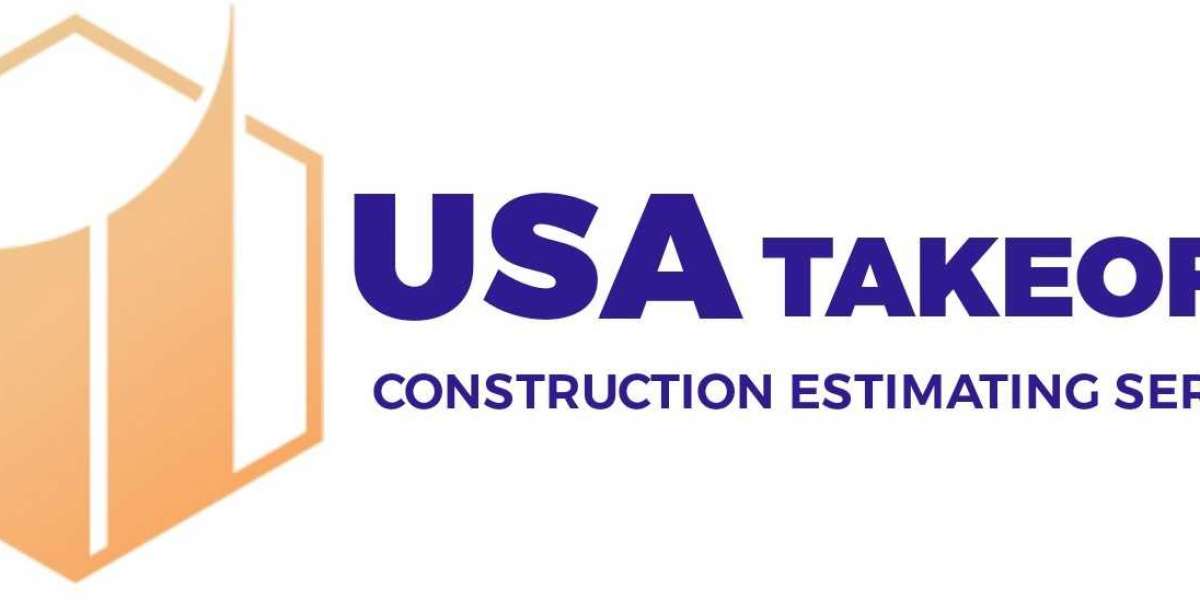Estimating for residential construction is a critical step in ensuring the successful completion of a project. Accurate estimates not only help in securing client approval but also in managing costs, timelines, and resources effectively. This comprehensive guide delves into the intricacies of estimating for residential construction, providing valuable insights and best practices.
Introduction to Estimating for Residential Construction
Estimating for residential construction involves predicting the costs associated with a building project, including materials, labor, equipment, and other related expenses. An accurate estimate is essential for setting realistic budgets, obtaining financing, and ensuring the project stays within financial constraints.
Key Components of a Construction Estimate
Materials
Materials account for a significant portion of the construction costs. The estimator must consider the quantity, quality, and price of materials required for the project. This includes everything from the foundation and framing to finishes like paint and flooring.
Labor
Labor costs vary depending on the complexity of the project and the region. Estimators must account for the number of workers, their hourly rates, and the estimated time required to complete each phase of the construction.
Equipment
The cost of renting or purchasing equipment must be included in the estimate. This can range from heavy machinery like excavators and cranes to smaller tools and safety equipment.
Overhead and Profit
Overhead costs, such as administrative expenses, utilities, and insurance, must be factored into the estimate. Additionally, a reasonable profit margin should be included to ensure the sustainability of the construction business.
Steps to Create an Accurate Estimate
Initial Project Assessment
The first step in creating an accurate estimate is to thoroughly assess the project. This includes reviewing architectural plans, conducting site visits, and understanding the client's requirements and expectations.
Quantity Takeoff
A quantity takeoff involves measuring and listing all the materials and labor required for the project. This detailed breakdown helps in determining the exact quantities needed, reducing the risk of overestimating or underestimating costs.
Pricing
Once the quantities are determined, the next step is to assign costs to each item. This involves researching current market prices for materials and labor rates. It's important to stay updated with market trends to ensure the estimate reflects accurate costs.
Contingency Planning
Every construction project faces potential risks and uncertainties. Including a contingency allowance in the estimate helps cover unexpected expenses, such as delays, design changes, or price fluctuations.
Review and Approval
Before finalizing the estimate, it should be reviewed by key stakeholders, including project managers, architects, and the client. This review process ensures that all aspects of the project have been considered and that the estimate is realistic and comprehensive.
Tools and Software for Estimating
Estimating Software
Several software tools are available to assist with estimating for residential construction. These tools offer features like digital takeoffs, cost databases, and integration with project management software. Popular options include ProEst, Buildertrend, and CoConstruct.
Spreadsheets
While specialized software offers advanced features, many small contractors still use spreadsheets for estimating. Spreadsheets can be customized to fit specific needs and are a cost-effective solution for simple projects.
Best Practices for Accurate Estimating
Stay Updated with Market Trends
Regularly updating material and labor costs based on current market conditions is crucial for maintaining accurate estimates.
Detailed Documentation
Keeping detailed records of previous estimates, actual costs, and project outcomes helps in refining future estimates and improving accuracy.
Continuous Learning
The construction industry is constantly evolving, and staying informed about new materials, technologies, and methodologies can improve the accuracy and efficiency of estimates.
Conclusion
Estimating for residential construction is a vital aspect of the building process, requiring careful consideration of various factors to ensure project success. By following best practices and utilizing the right tools, contractors can create accurate estimates that help manage costs, meet client expectations, and deliver high-quality residential projects. Accurate estimating not only contributes to the financial health of the construction business but also to the overall satisfaction of the client and the successful completion of the projec




